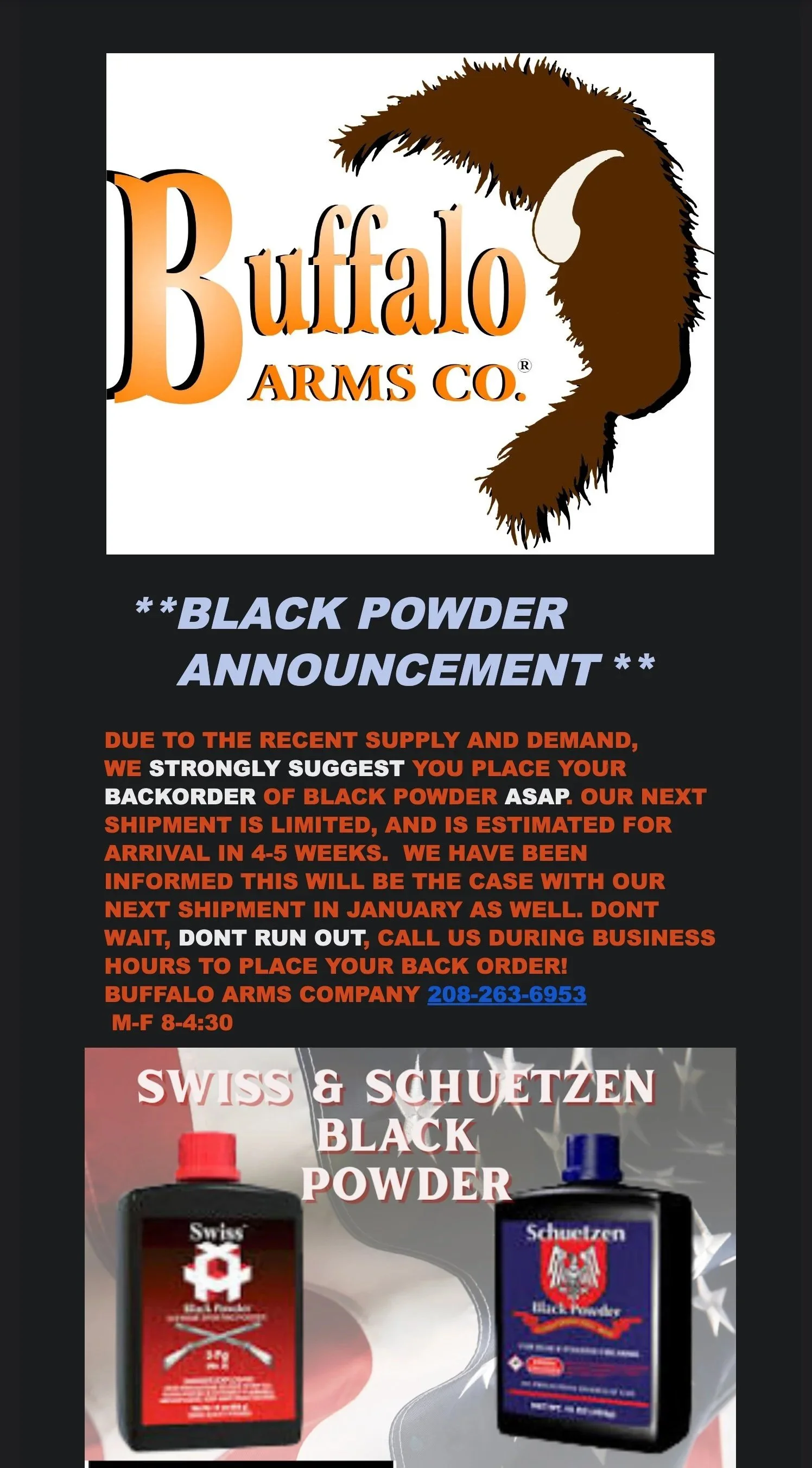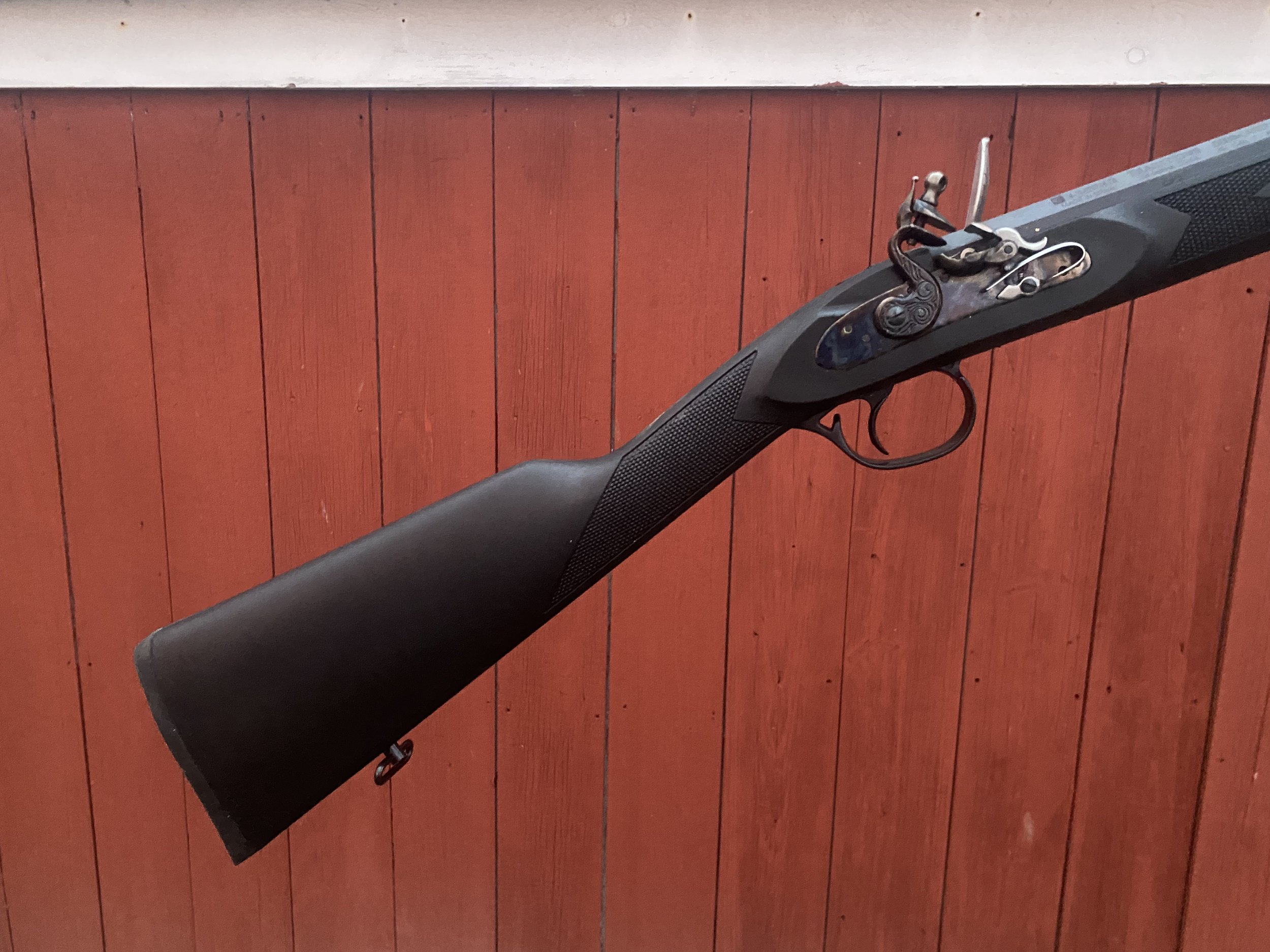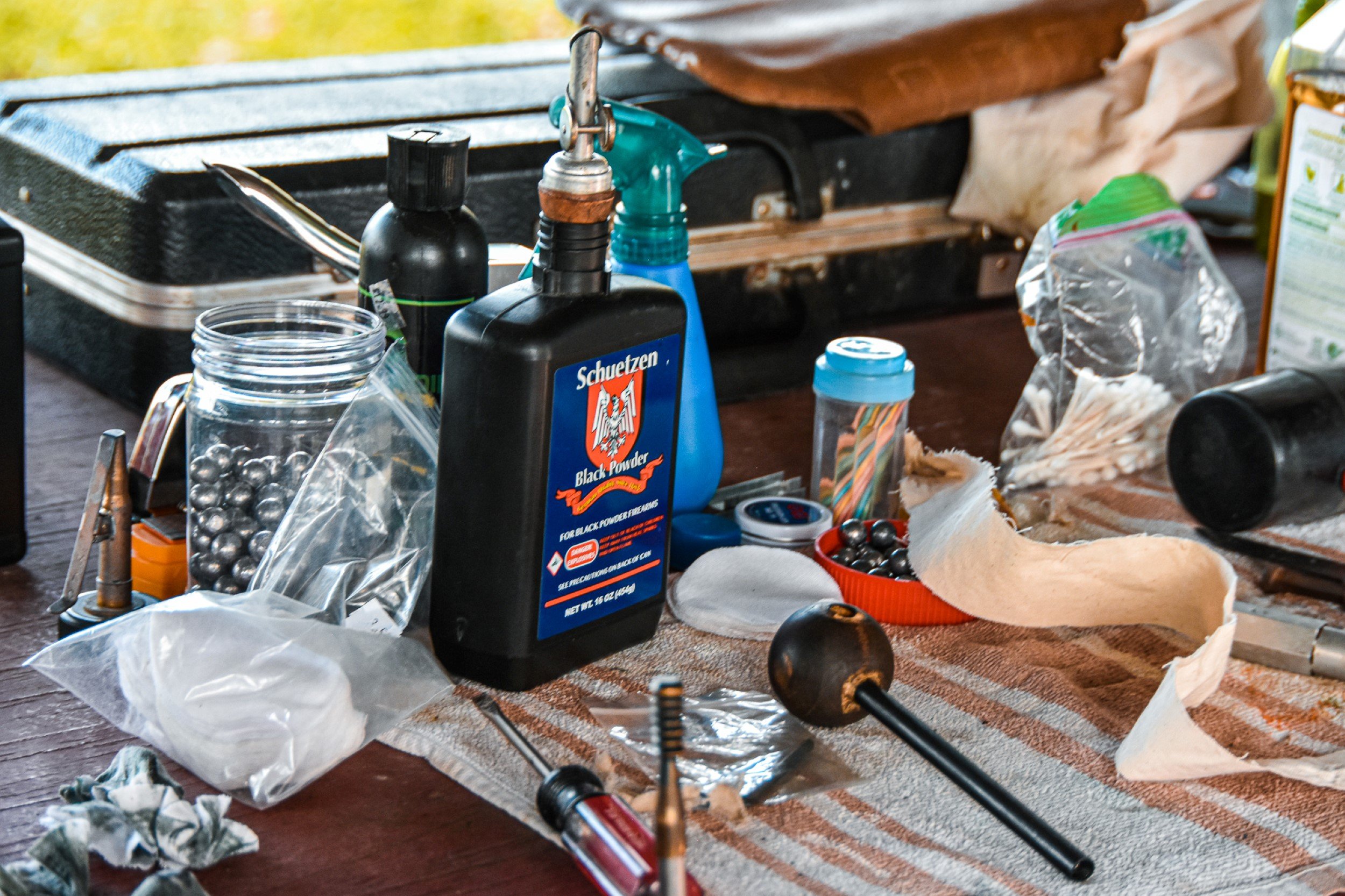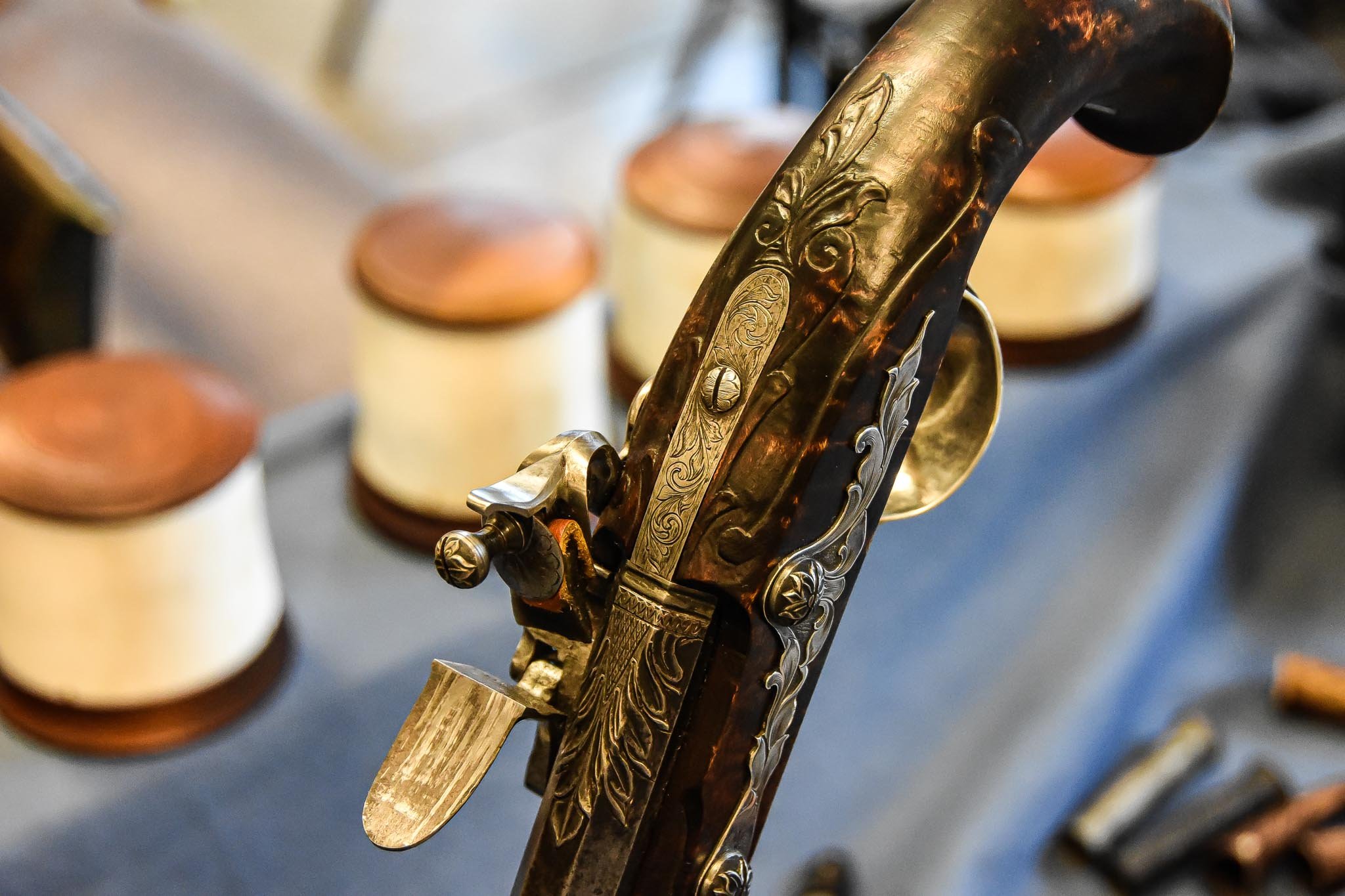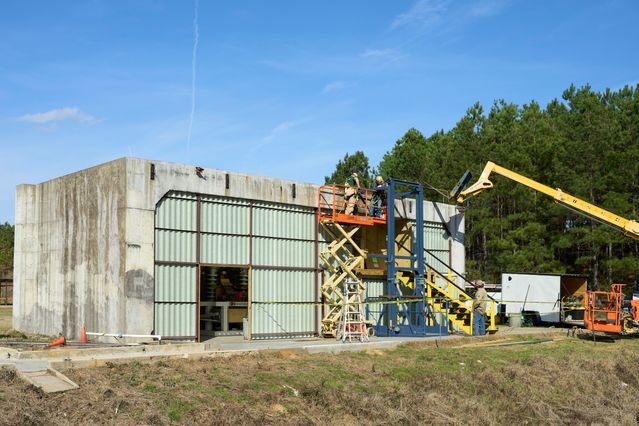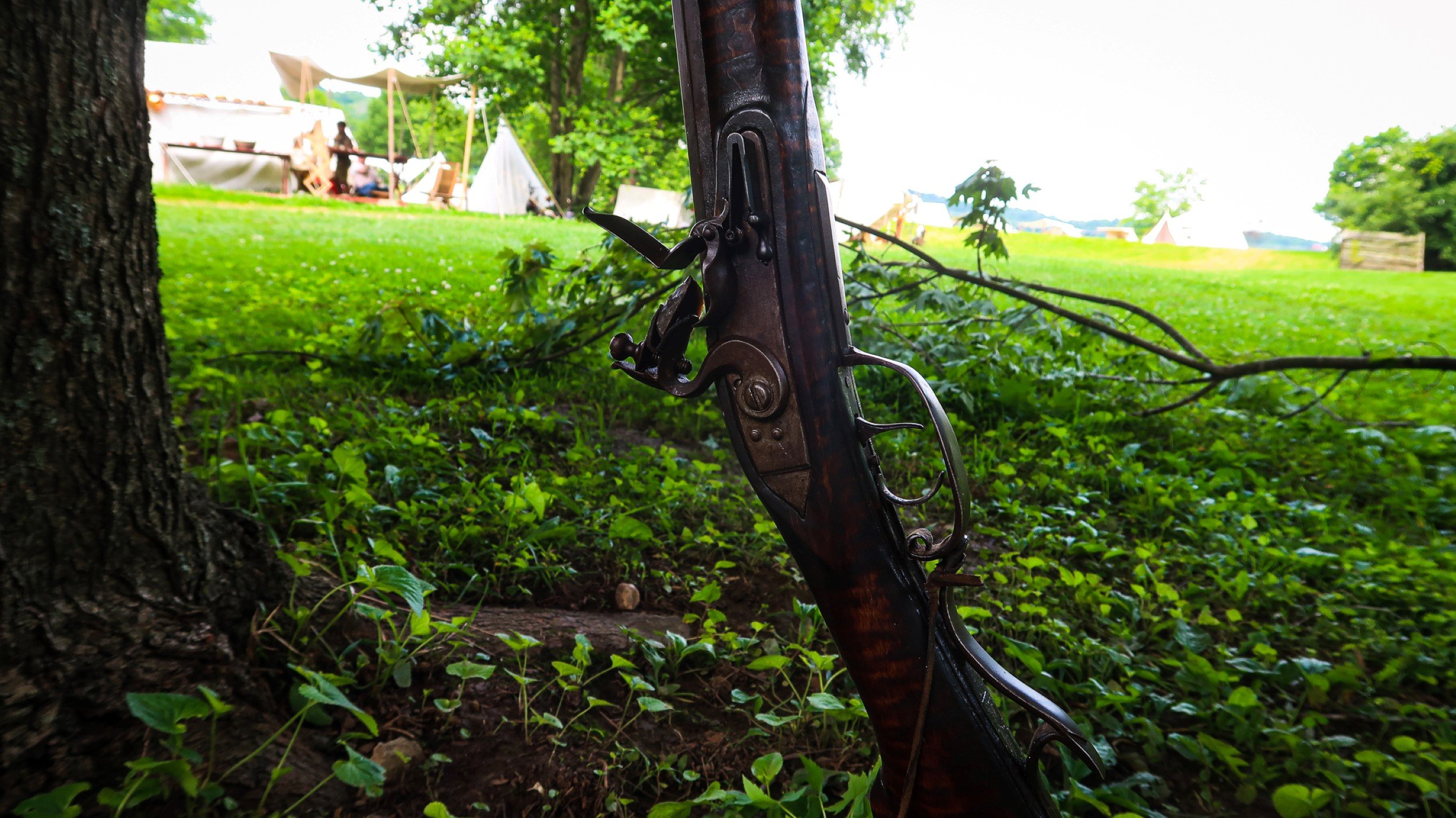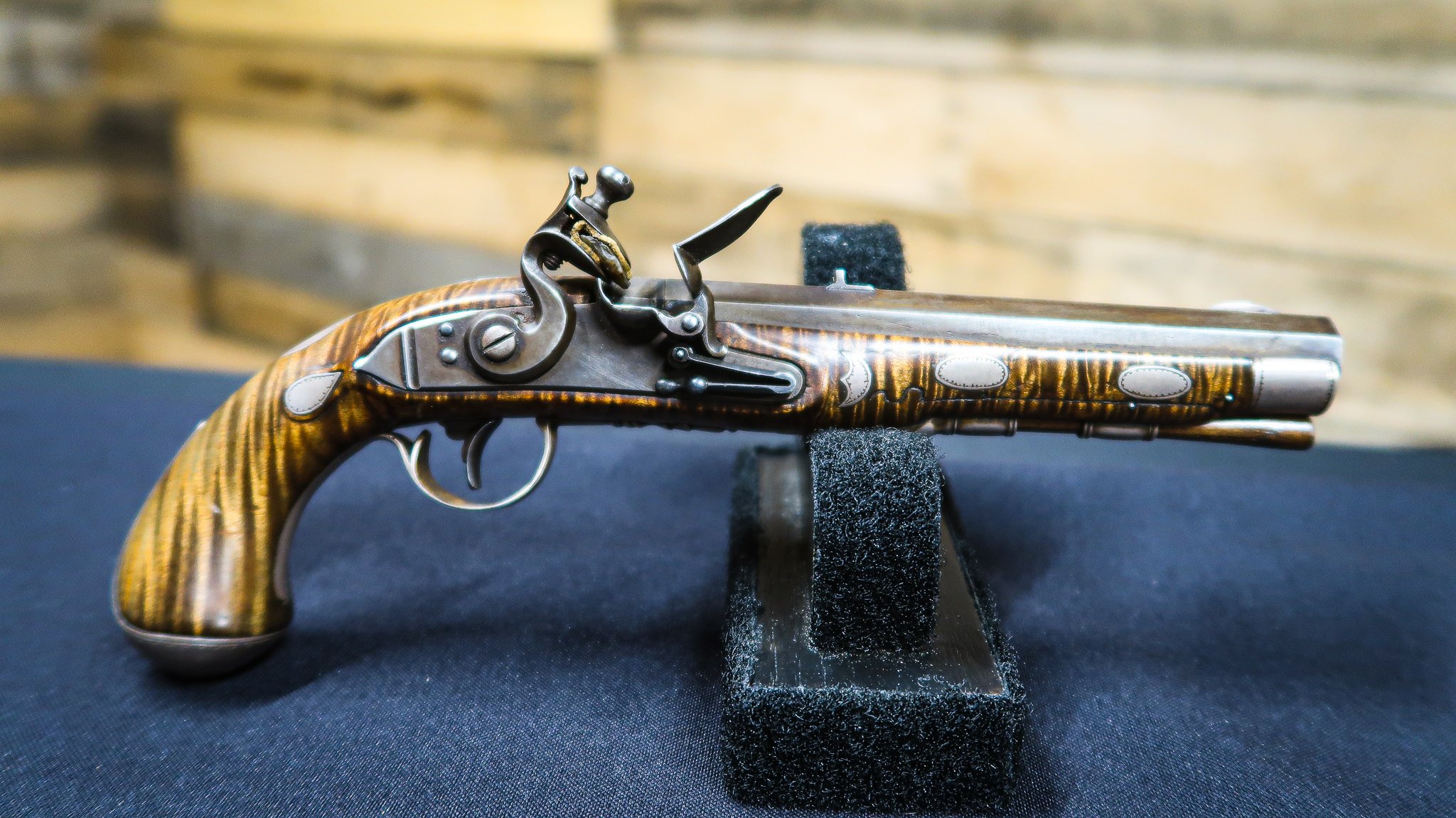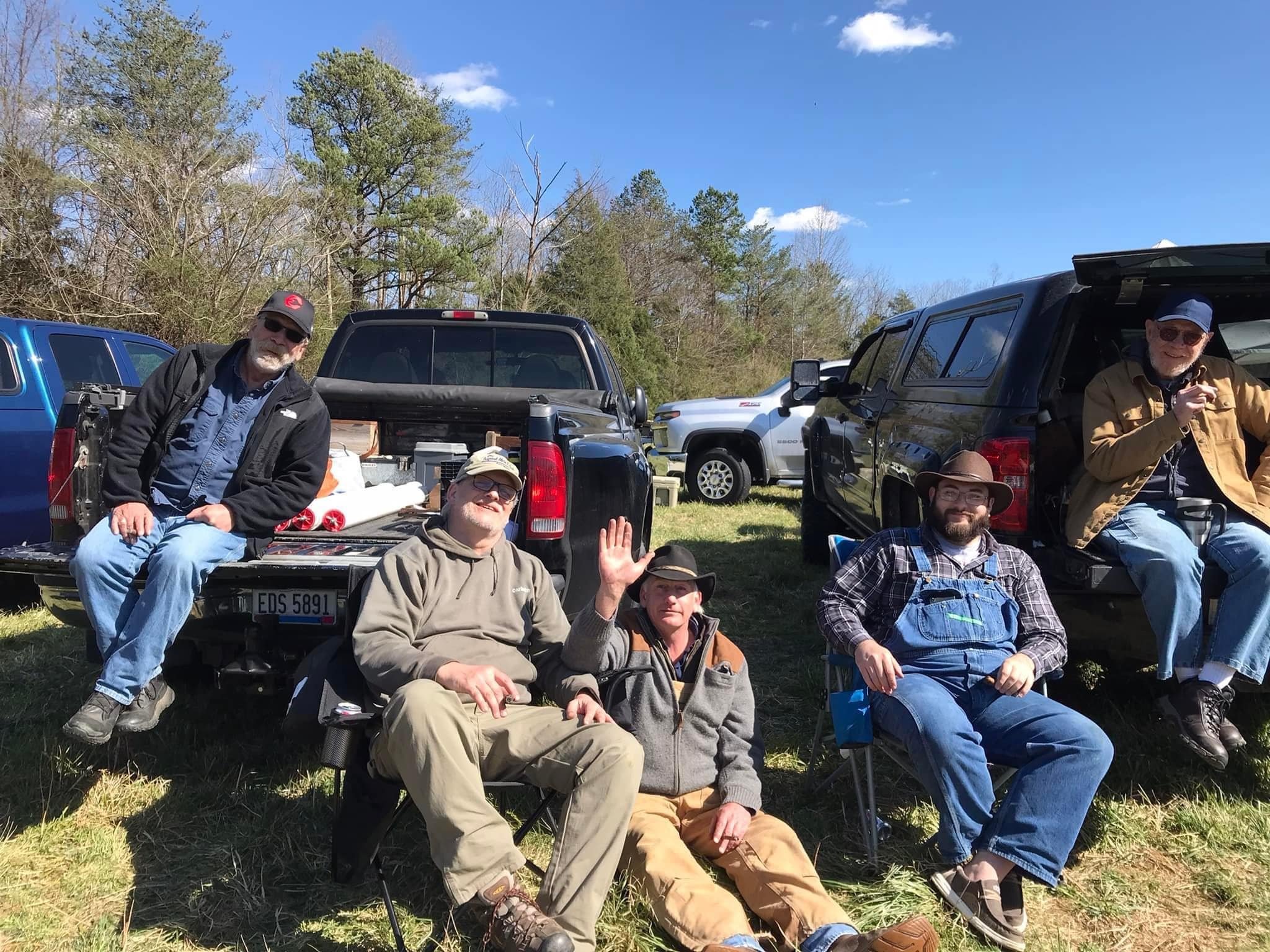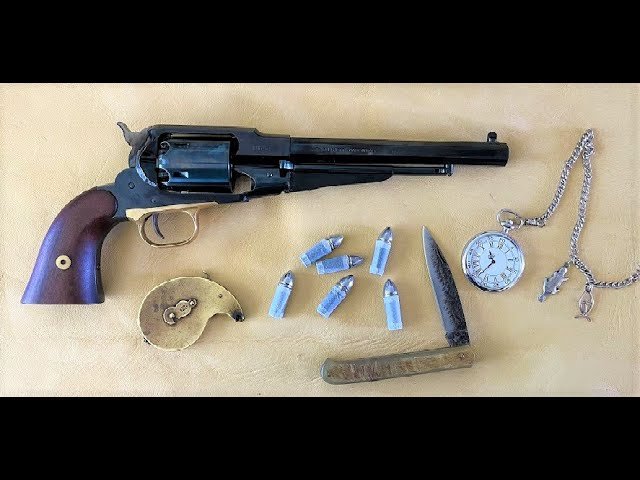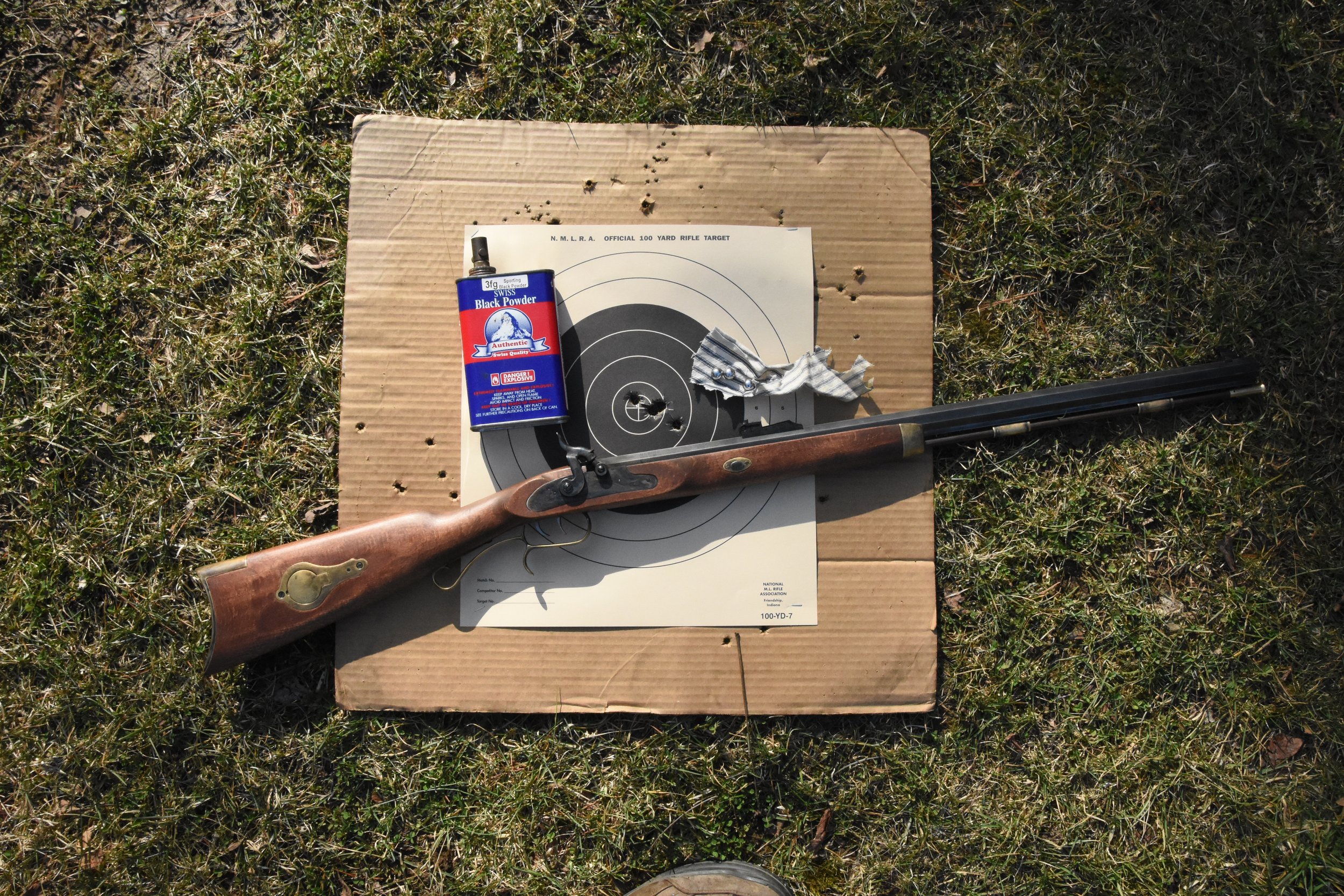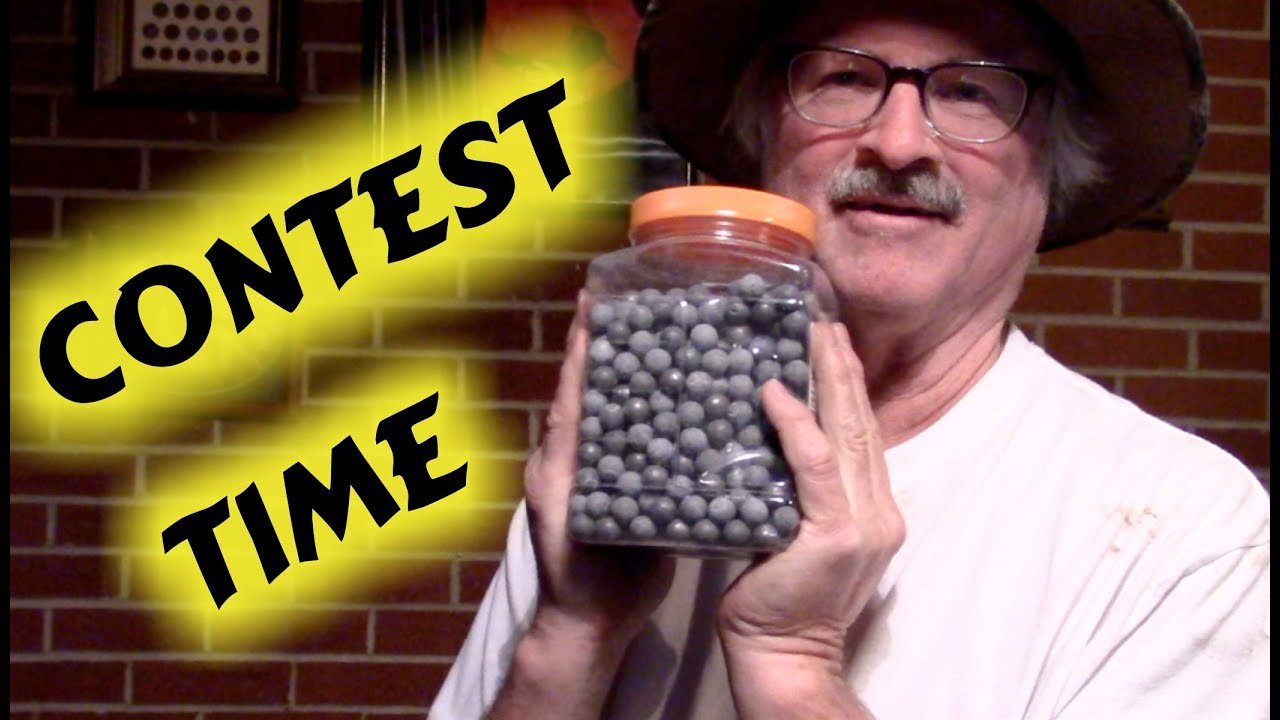What’s the Difference between FG and FFFFG Blackpowder? | Everything Blackpowder Explains
Jake from Everything Blackpowder is back with a video explaining some of the differences between the different granulations of powder and why you should care.
What does the F on blackpowder labels mean?
The F on your powder label stands for “Fine”, and denotes the size or general size of the grains included in your powder can. The size of the grains of powder get smaller as you go up in F level. So 2F is more fine than 1F, 3F is more fine than 2F, 4F is more fine than 3F and 5F is more fine that 4F.
In short the larger the number of Fs on the can, be it labeled as 2F or FF as an example, the finer the powder inside.
What does the G on blackpowder labels mean?
This reamins up to debate for many, but Jake here at everything blackpowder states that the G stads for “Glazed”. During powder manufacturing powder is “Glazed” or tumbled for a determined period of time
Other say the G stands for “Grade”, G Grade powder is tumbled, while A Grade (Blasting) powder, is not.
It sounds like a different name for the same thing.
What FG level of powder should I use?
If you asked 10 muzzleloading enthusiasts this question, you’d get 12 different answers, it really depends on you and what you want to do. If you are just starting out, your opinion will likely change over the years.
In general, people get started with this as a ground rule:
1Fg is for canons and large bore military muskets
2Fg is for .50+ Caliber muzzleloaders
3Fg is for .50- Caliber muzzleloaders
4Fg is for flintlock pan priming
There are of course, exceptions. For many years, blackpowder wasn’t as refined as it is today. In military examples from the 18th century, we know the flintlock pan was primed from the same cartridge that was loaded down the muzzle. This means they were priming with the same powder as their main charge. In my tests and in other tests done online and on ranges all over the world, this works fine. Competitive muzzleloaders may notice a difference, but many enthusiasts will be fine either way.
Can I load my muzzleloader with 4F powder?
Many modern safety practices ask that we not load the main charge with 4F powder. That being said, online tests done by Everything Blackpowder show that 4F is fine to load, but you’ll notice inconsistencies in velocity and possible accuracy. These inconsistences were explained by Brett Gibbons at Paper Cartridges
The reason for the inconsistency with 4F is due to the inhibited flame spread cased by the tiny grains fitting very closely together. There is hardly any space (technically called “interstices”) between the grains to allow the flame to spread. So the back of the powder charge might burn and take longer to communicate the flame to the rest of the charge, than if it was with a larger grain like FFg. This is also why FFFg is sometimes considered the “perfect” one size fits all for most calibers, because it has plenty of surface area for that quick generation of lots of energy, but has enough of a physical grain structure that flame can get in between the grains and spread it through the entire charge almost instantly upon ignition.
Gibbons is known for his work studying historic powder manufacturing in his book series.
I’d like to thank Jake for tackling this question in such simple way with practical range application to give us an idea of his findings. Check out the rest of his videos for a fun trip into blackpowder.
